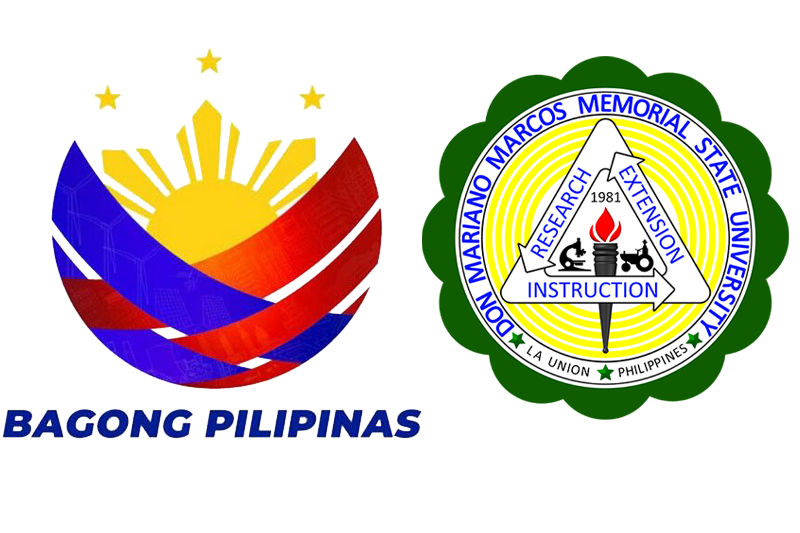Our University has hurdled the First Stage Certification Audit and we are now gearing up for the Second Stage Certification Audit.
What is the difference between Stage 1 and Stage 2 Audits? Read on.
A Certification Audit is the first step for an organization undergoing an assessment process. Options include undergoing an assessment with a Certification Body (CB), or Registrar, to determine whether an organization’s management system complies with the requirements of a given standard (ISO 9001, ISO 14001, ISO 45001, etc). This Certification Audit is completed in two stages: Stage 1 and Stage 2. These audits differ in many ways: their purpose, duration, information reviewed, and sometimes even location. Therefore it is important to understand the difference between Stage 1 and Stage 2 Audits.

These audits differ in many ways: their purpose, duration, information reviewed and sometimes even in the location where it will take place.
The objective of a Stage 1 Audit is to determine an organization’s readiness for their Stage 2 Certification Audit. During the Stage 1, the Certifying Body’s auditor will review the organization’s management system documented information, evaluate site-specific conditions, and have discussions with personnel. The auditor will look to see that objectives and key performance indicators, or significant aspects are in place and understood. They will review the scope of the management system and obtain information on processes and operations, the equipment being used, the levels of control that have been established, as well as any applicable statutory or regulatory requirements. Internal audits and management reviews will be evaluated to ensure they are being planned and performed and the overall level of implementation of the organizations management system will be assessed to determine if the organization is ready to move forward with the Stage 2 Certification Audit.
The Certification Body will use the Stage 1 Audit to complete Stage 2 Audit planning, including a review of the allocation of resources and details for the next phase of the audit. Documented conclusions will be given to the organization that will outline the organization’s readiness as well as identify any areas of concern that could be classified as a nonconformance during the Stage 2 Audit.
A Stage 1 Audit is usually carried out over 1 or 2 days and typically occurs onsite. For organizations with more than 1 location, the audits are usually carried out at the central function location.
The Stage 2 Audit evaluates the implementation and effectiveness of the organization’s management system(s). During the Stage 2 audit, the Certification Body will determine the degree of compliance with the standard’s requirements and report any non-conformances or potential non-conformances that the organization will have to correct before the certification can be issued. If the Stage 2 audit is successful, the organization’s management system(s) will be certified.
The Stage 2 Audit includes:
- All relevant documented information that evidences the management system’s conformity with all the standard’s requirements;
- Key performance objectives and targets, looking at performance monitoring, measuring and reporting;
- Evaluation of internal audits, management review and management responsibility for your organization’s policies;
- All relevant processes, looking at operational control and the ability to carry them out as planned.
The duration of the Stage 2 Audit is determined in accordance with the relevant IAF Mandatory Documents. Depending on the size and complexity of the organization this audit can range anywhere from 1 to many days.
Every organization undergoing a certification process should maintain open and clear communication with their Certification Body in order to clarify any questions that may arise before the audits take place. (Ayu)
Information Source: https://isoupdate.com/resources/exploring-stage-1-and-stage-2-audits/
Image Source: http://biblioteca.uoc.edu/en/resources/resource/iso-international-standards-organization
